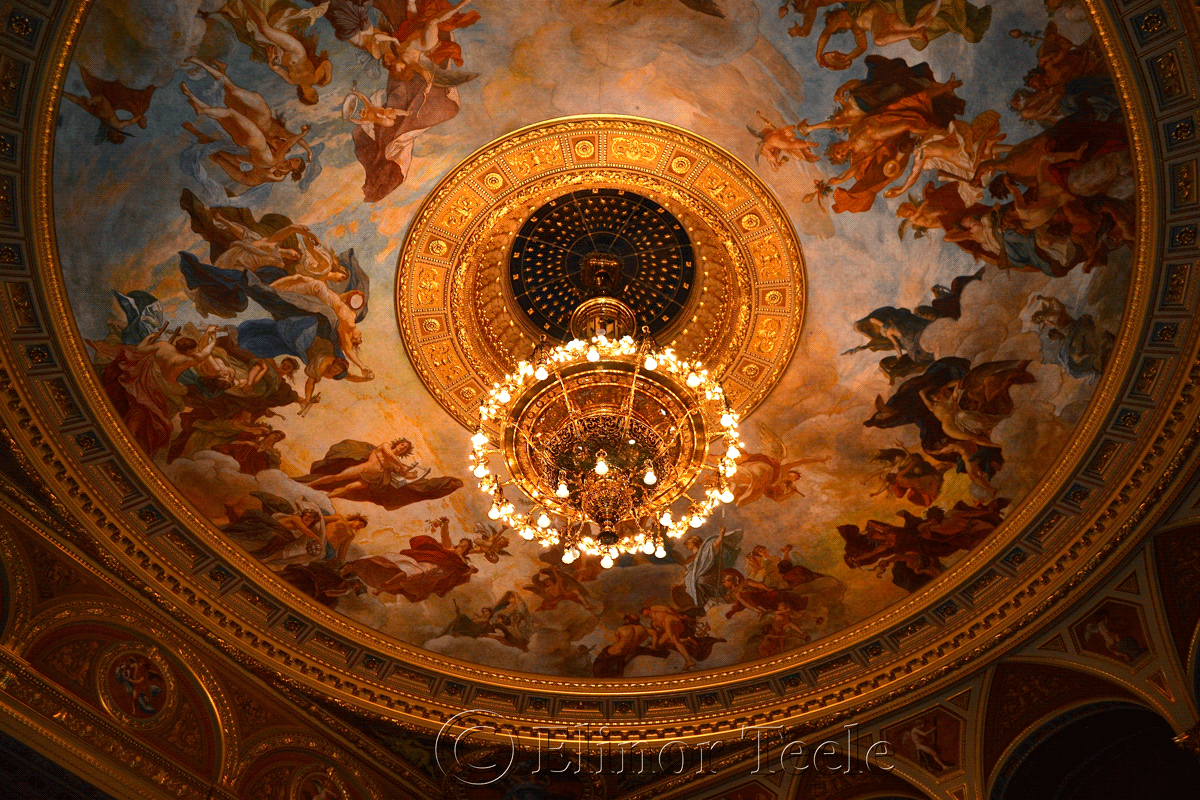The jewel of Budapest. Born from the florid imagination of Miklós Ybl, the Hungarian State Opera House isn’t as grand as its sister house in Vienna, but it’s widely regarded to be more beautiful. It also happens to have the 3rd best acoustics in Europe (after La Scala and the Palais Garnier).
It has a fas-k-inating history. As Hungary started to assert its muscle in the Austro-Hungarian Empire, it decided it needed an opera house of its own. Emperor Franz Josef was willing to chip in – on the condition that it be smaller than Vienna. The city of Budapest chipped in the rest – on the condition that it be built by Hungarian workers and artists.
After a catastrophic fire in Vienna’s Ringtheater, building was delayed as new fire prevention measures were put in place. The opera house acquired the first iron curtain in Europe, underfloor heating & ice block air conditioning (there are elegant metal vents under each chair in the orchestra section) and 1260 seats. When it finally opened in 1884, Franz Josef’s wife Sisi was thrilled, Franz Josef… not so much. He was reportedly unhappy that its loveliness exceeded Vienna’s.
A few random facts:
- To try and prevent cigar and cigarette smoke from damaging the interiors, the lavish bar features a smokers’ corridor. Due to the murky conditions, this rapidly became known as the lovers’ corridor.
- There is a mirror mounted on the back wall of each box – all the better to observe what attendees were up to.
- The chandelier weighs 3 tons and showcases a fresco of Olympian gods.
- 2.7 kilos of gold were used to gild the fixtures.
- Gustav Mahler was director from 1887-1891.
It’s worth getting the guided afternoon tour with performance. You’ll be treated to a couple of arias in the bar.

